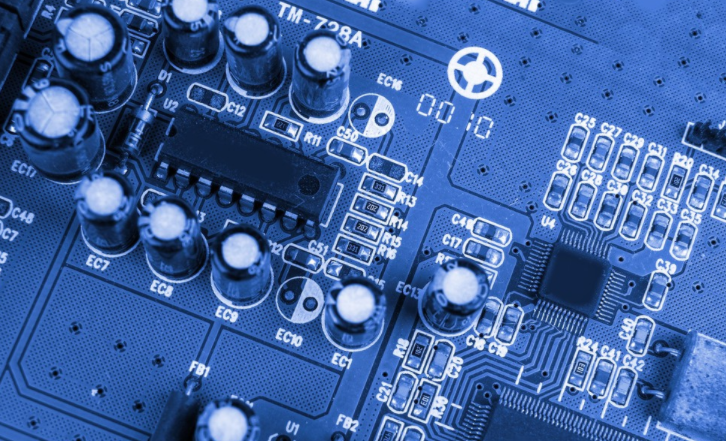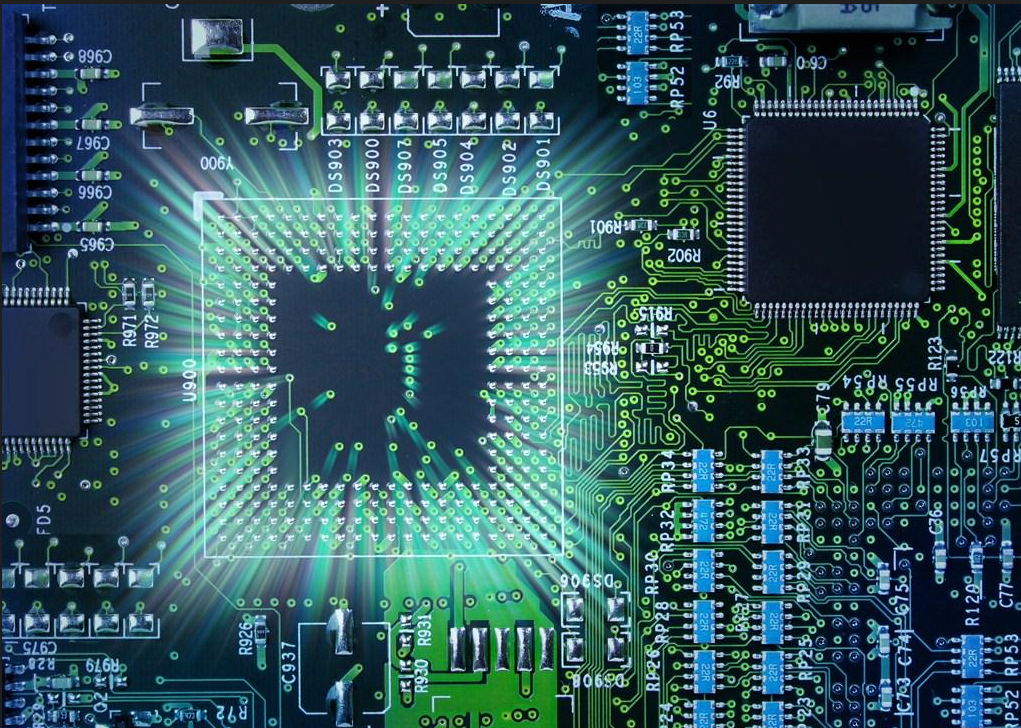
Why should there be no acute angle and right angle when wiring the PCB
Radio frequency, high-speed printed circuit board digital circuit: Sharp angle is prohibited and right angle is avoided as far as possible
For RF lines, if the corners are at right angles, there will be discontinuities. Discontinuities will easily lead to high-order modes, whICh will affect radiation and conduction efficiency If the RF signal line runs at right angles, the effective line width at the corner will be increased, and the impedance will be discontinuous, causing signal reflection In order to reduce discontinuity, there are two methods to deal with corners: chamfering and rounding The radius of arc angle shall be large enough. Generally, to ensure: R>3W
Printed circuit board

Acute and right-angle routing
Acute-angle wiring is forbidden in general wiring. Right angle wiring is usually a situation that needs to be avoided when wiring It has almost become one of the standards to measure the quality of cabling So, how much does right angle wiring affect signal transmission? In principle, acute angle and right angle wiring will change the line width of transmission line and cause impedance discontinuity The change of line width will lead to the change of impedance. When the equivalent width of the track changes, it will cause signal reflection We can see that when we are routing, if the linewidth changes, the impedance of the trajectory will change
Microstrip line, which consists of a strip conductor and a ground plane, with a dielectric in the middle If the dielectric constant of the medium, the width of the line, and the distance from the ground plane are controllable, then its characteristic impedance is also controllable, and its degree will be within ± 5%
A stripline is a copper strip placed between two conductive planes in the middle of a dielectric If the thickness and width of the line, the dielectric constant of the medium, and the distance between the two ground surfaces are controllable, the characteristic impedance of the line is also controllable, and the accuracy is within 10% Impedance discontinuity will reflect acute angle difference, right angle second, obtuse angle, round corner and straight line When the driver sends a signal to the transmission line, the amplitude of the signal depends on the voltage, the internal resistance of the buffer and the impedance of the transmission line The initial voltage of the drive end is determined by the voltage distribution of the internal resistance and line impedance
PCB board
Reflection coefficient, where - 1 â¤ Ï â ¤1
No reflection occurs when = 0
When Ï = 1 (Z 2 =â , open circuit), total regular reflection occurs
When Ï =- 1 (Z 2 =0, short circuit), total negative reflection occurs
The initial voltage is the source voltage Vs (2V) divided by Zs (25 ohms) and the transmission line impedance (50 ohms). The subsequent reflectivity of Vinitial=1. Calculate 33V according to the reflection coefficient formula The reflectivity of the source end is calculated according to the source end impedance (25 ohms) and the transmission line impedance (50 ohms) according to the reflection coefficient formula. It is -0.33; The reflectivity of the terminal is according to the terminal impedance (infinity) and the transmission line impedance (50 ohms), which is calculated as 1 according to the reflection coefficient formula; We get this waveform by superposing the initial pulse waveform according to the amplitude and delay of each reflection, which is why impedance miSMAtch is the cause of poor signal integrity Due to the existence of connections, device pins, track width changes, trace bends, and vias, impedance must change In retrOSPect, reflection is inevitable
printed circuit board
Is there any reason other than reflection? The influence of right angle wiring on signal is mainly reflected in three aspects
1. The angle can be equivalent to the capacitive load on the transmission line, which windows down the rise time;
2. Discontinuous impedance will cause signal reflection;
3. It was created at right angles
4. It is also said that acute corners will cause corrosion residues in the production process, which is not easy to handle This should not be difficult for current processing technology, nor should it be used as a reason The partial capacity caused by the right angle of the transmission line can be calculated by the following empirical formula: C=61W (Er) 1/2/In the above formula, Z0, C refers to the equivalent capacity of the corner (unit: pF), and W refers to walking The width of the line (unit: inch) For example, for a 4Mils 50 ohm transmission line (Î r is 4.3), the capacitance brought by the right angle is about 0.0101pF, and the rise time change caused by it can be estimated as: T10-90%=2.2 * C * Z0/2=2.2 * 0.0101 * 50/2=0.556ps It can be seen from the calculation that the capacitance effect caused by the right angle trajectory is very small As the line width of the right angle track increases, the impedance there will decrease, and some signal reflection will occur We can calculate the equivalent impedance after adding the line width according to the impedance calculation formula mentioned in the chapter of transmission line, and then calculate the reflection coefficient according to the empirical formula: = (Zs-Z0)/(Zs+Z0). In general, the impedance change caused by right angle wiring is between 7% - 20%, so the reflection coefficient is about 0.1. Moreover, as shown in the figure below, the impedance of the transmission line changes for a long time/2, and then recovers to the normal impedance after W/2. The entire impedance change is very short, usually within 10 pieces For ordinary signal transmission, such rapid and small changes can be almost ignored Many people have such an understanding of right angle wiring and believe that it is easy to transmit or receive electromagnetic waves and generate EMI This has become one of the reasons why many people believe that right angle wiring is not possible However, many practical test results show that the right angle trajectory will not produce obvious electromagnetic interference than the straight line Perhaps the current instrument efficiency and test level limit the testability, but at least it shows a problem The radiation of right angle wiring is less than the measurement error of the instrument itself In general, right angle wiring is not as bad as you think At least applicable to any influence, reflection, EMI, etc. of non RF and high-speed circuit board circuits, capacitors, etc The TDR test hardly reflects the results it produces High speed circuit board design engineers should still pay attention to layout, power/ground design, wiring design, vias and other aspects Of course, although the impact of right angle wiring is not very serious, this does not mean that we can use right angle wiring in the future Attention to detail is the basic quality that every engineer must possess Moreover, with the rapid development of digital circuits, PCB engineers will continue to increase the frequency of signal processing In the field of RF design above 10GHz, these small right angles may become the focus of research high speed PCB problems
然后
联系
电话热线
13410863085Q Q

微信

- 邮箱











